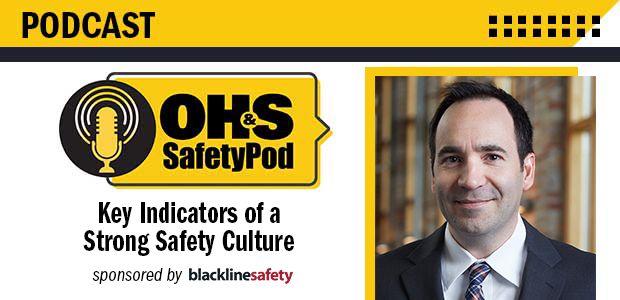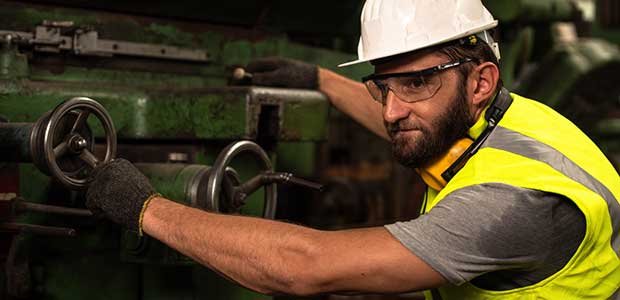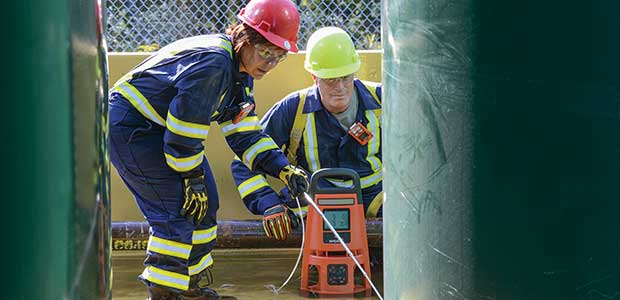
Unclear since 2016, President Joe Biden plans to remove confusion surrounding the requirements.

Episode 73
In this episode, Editor Sydny Shepard is joined by two professionals from NIOSH to discuss how wearable devices are impacting the safety industry.

The Maine brewing industry is continuing to expand; it’s a chance to spread the word about safety in growing workplaces.

An associate professor at the University of Pittsburgh leads a study to show AA batteries can measure shoe tread wear, leading to slips and falls.

$244,397 in penalties are distributed due to four willful and 35 serious violations for New Jersey, Pennsylvania companies.

Episode 71
We are talking all about hand protection in this interview between Editor Sydny Shepard and Fastenal's Safety Sales Director Evan Hardin. Listen in as they discuss hand injuries, PPE, new technology and how to keep your workers safe on the job.

Toxins are living in the showers and eyewashes; we have your guide against the hazards.

What’s the importance of respiratory PPE then and now?

Hearing loss can be amplified by noise and chemicals.

By sharing data and information out to teammates and supervisors, wearable devices can have a positive impact even in the most hazardous of situations.

Understanding the difference in respiratory protection and source control.

Sustainability is a hot topic, but does it have any real meaning for industrial PPE?
Discovering new safety strategies requires a hands-on approach.

Episode 68
Listen in as OH&S Editor Sydny Shepard discusses the key indicators of a strong safety culture with Blackline Safety Chief Revenue Officer Sean Stinson.

The Shyft Group faces fines for not addressing employees' complaints about serious hazards.

Anti-fog measures are a critical part of keeping safety glasses safe.

Compliance can be tough when it comes to footwear—especially when employee motivation and buy-in is low.

Finding the right eye protection can be challenging. Here are a few tips that can help.

Coming to the aid of a coworker in need could place you in danger yourself without the proper equipment.